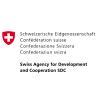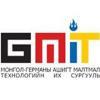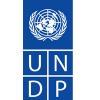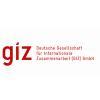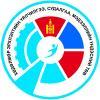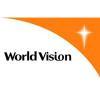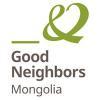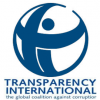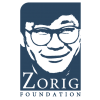DESCRIPTION OF THE PROJECT:
The aim of this project was to collect valid and reliable information about socio-economic status and characteristics of households in Dornogobi, Gobisumber and Sukhbaatar aimags to create a comprehensive and up-to-date database on Mongolian households. The survey covered every single household in the target aimags; a total of 33,800 households (18,000 households from 17 soums in Dornogobi and Gobisumber aimags and 15,800 households from 13 soums in Sukhbaatar aimag).
The main features of the survey are its comprehensiveness and its tracking aspect. As the survey was comprehensive, at least 90 percent of the total households in the target aimags was required when typically, 1,500-2,000 households or 15-20 percent of the target households are likely to remain unreachable, non-contactable or not found during any survey. However in order to overcome this, we used a triangulation of different surveying methods to ensure the participation of every single household in the survey. For instance, visiting one household at least four times, cooperating extensively with local government offices and networks, State Registration offices were only a part of these measures. In that sense, this survey was also a follow-up survey.
DESCRIPTION OF THE SERVICES PROVIDED:
- Enumerators for the survey were selected from trainings offered to researchers in Ulaanbaatar city, as well as to locals of Dornogobi, Gobisumber and Sukhbaatar aimags, who are knowledgeable on the local terrain and social situations;
- A pilot survey was carried out among 387 households of four soums in Dornogobi and Sukhbaatar aimags. As a result, possible errors that may be encountered during the survey were identified as well as the organization and preparedness of the research team was tested;
- The data collected, using standardized questionnaires and interview methods, was checked to ensure its correctness, assigned codes and classified according to its geographical area, and was sent to the head office on a regular basis;
- The completed questionnaires were verified and proofed by field managers on the same day of data collection. If errors were detected, they were immediately corrected by respective enumerators either by revisiting or calling the respondents, under the supervision of field managers;
- Filled and checked questionnaires were entered into a database, which was built on specific computer software (Mon-PMT and CSPro), by a team of data-entry operators;
- During the implementation of the project, several meetings were held with various public officials such as State registry officer, Aimag and soum governors, to obtain necessary data and to seek their support and cooperation; and
IRIM has produced and submitted the inception, pilot, progress and final reports.
Related projects
-
Leveraging Science and Tradition in DRR in Mongolia III (LTS3), Final Evaluation
Client
International Organization for Migration
.png)

.png)
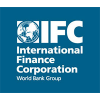
.png)
.png)
.jpg)


